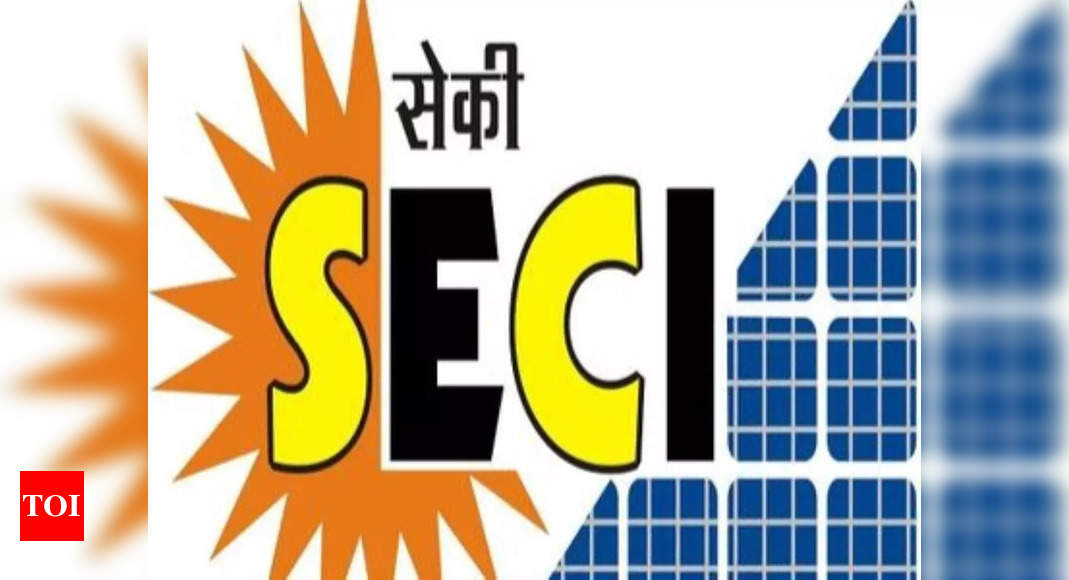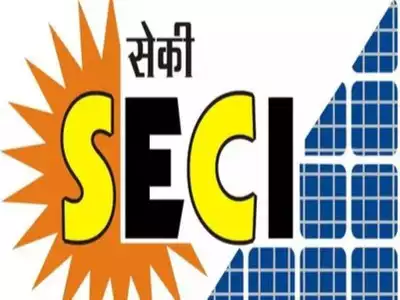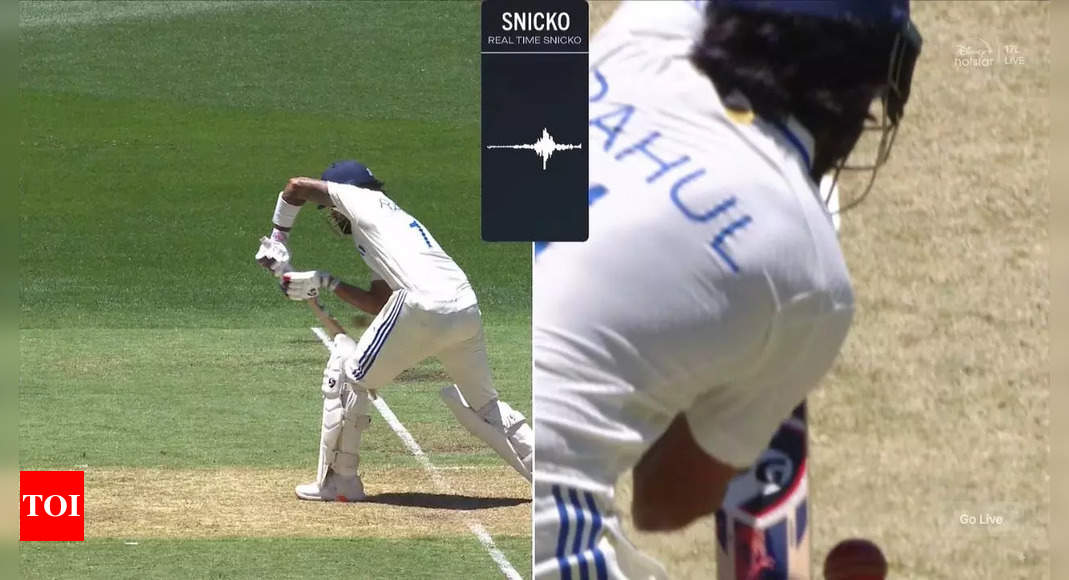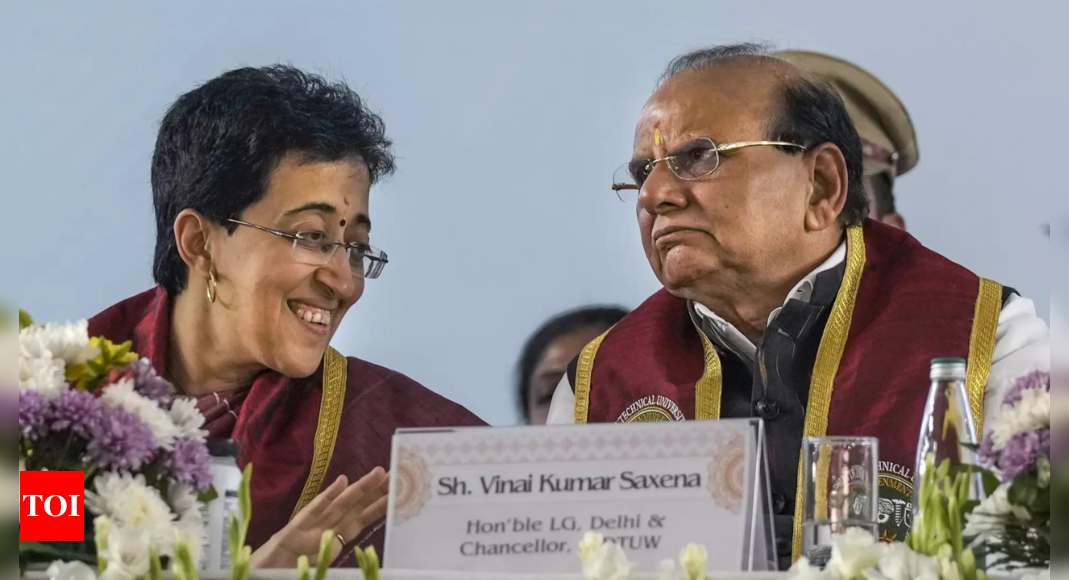

NEW DELHI: Thirteen-year-old Solar Energy Corporation of India (SECI), the little known miniratna PSU, has seen a massive growth over the last 10 years.
From an awarded generation capacity of 0.75 gigawatts (750MW) in 2014-15, it has seen the combined capacity soar to 65.3GW, according to data on its website. Over 60% or more than 40GW was solar energy, where India has seen rapid growth, followed by 16.3GW of wind and the remaining 9-odd GW being hybrid.
The model is simple – SECI procures power from “successful developers” who bid for its contracts and sells to power distribution companies through long-term power purchase agreements and power sale agreements. As a result, it traded in some 43,000 million units of power last year. It has also set up its own projects and has entered into joint ventures with state utilities.
The contract at the heart of the controversy involving Adani Green Energy and Azure Power – which face bribery charges in the US – was floated sometime in 2019.
“There is nothing against SECI, that SECI has done anything wrong. That is nowhere. There is no mention of any wrongdoing or irregularity on part of SECI,” the company’s CMD RP Gupta told news agency PTI.
The contract was part of production-linked incentive scheme, involving creating manufacturing capacity, and also installing capacity for solar power generation.
In Dec 2019, Azure Power had announced that it had won a contract to supply 2GW solar power at Rs 2.92 per unit for 25 years. The contract came with a requirement to manufacture 500MW solar cells and modules.
Six months later, Adani Green said that it had bagged the “world’s largest” solar award of 8GW from SECI to be delivered over eight years, involving an investment of USD 6 billion (Rs 45,000crore). It involved a commitment by Adani Solar to establish 2GW of additional solar cell and module manufacturing capacity.






